Neil Hamilton shares remarks he delivered on “Iowa needs more nature imagination: Lessons from our missed opportunities“ at the Des Moines Area Community College Earth Day event on April 22. -promoted by Laura Belin
It is a pleasure to be with you as we celebrate Earth Day 51. Unfortunately, festivities for Earth Day 50 came and went with hardly a whisper, a casualty of our unfolding COVID pandemic. But even as our attention was drawn to the challenges we faced – the power of nature and being outdoors continued working on our lives. There are many lessons we will take from this shared experience but among the most significant is how it reaffirmed the valuable role nature plays in keeping us healthy and sane.
That is why it is fitting on Earth Day 51 as we emerge from our cocoons – we use this opportunity to think critically about our future with Iowa’s land and water. To do so it is important to consider some history – especially some of our most significant lost opportunities – and identify any lessons for the years ahead. The good news is we have a legion of conservation champions working to protect nature in Iowa and the ranks are growing.
The bad news we are still in the minority and face stiff headwinds.
Two recent stories frame my thinking about our challenges protecting Iowa’s environment. You are probably aware in the legislature the Senate has voted to repeal the tax credit landowners receive for making gifts of land to the state. This law has helped hundreds of Iowans voluntarily protect over 14,000 acres of unique land for the people of Iowa. Those who favor repeal apparently believe two things – Iowans do not need more protected lands – and the state can’t afford such a luxury. My guess is you do not agree with either view.
The second story was DNR’s recent decision to approve an 11,000 head cattle feedlot in northeast Iowa, its wastes and runoff a threat to Bloody Run Creek, designated an “outstanding Iowa water” deserving special protection. So much for Iowa’s special protections!
You can file these stories under the category “why Iowans can’t expect to have nice things” when it comes to the environment. Unfortunately, the stories fit a history of lost opportunities – the inability of our leaders and people to value nature and seize opportunities when they arise. Here are several of the most significant.
Few of you may know how close Iowa came just before WWII of having a 900,000-acre national forest created in our southern counties. What would have become the Hawkeye National Forest got caught up in the shifting politics of the late New Deal and preparations for the war. Land costs grew beyond what the government was paying for the abused lands that became national forests in Illinois, Indiana, and Ohio. Iowa land down there was almost $10 an acre – you heard me right – but the cost was too high and plans were shelved.
Today you can visit some of the land the federal government acquired – in state forests like the Stephens. Forty years later Iowans opted to avoid another federal program to protect one of our most unique resources. This was the effort to designate the Upper Iowa a National Wild and Scenic River, like the Buffalo in northwest Arkansas. Landowners and politicians who feared involvement of the federal government scuttled the effort.
The good – and somewhat ironic news is – of course the river did not go away and over time local appreciation for its unique values grew. Today I am proud to say the Iowa Natural Heritage Foundation (on whose board I have served for 30 years) has worked with state and local officials and landowners to protect close to half of the most significant river corridors from development – helping preserve the Upper Iowa as one of the state’s most popular natural resources.
There have been other lost opportunities – such as the law passed by the 1989 Iowa General Assembly – one of many natural resource legacies we owe our recently lost hero Paul Johnson – to create the office of the Environmental Advocate to represent Iowa’s rivers, streams, lands, and forests in legal proceedings. The law was labeled too radical and vetoed by Governor [Terry] Branstad – who said Iowa’s environmental laws are adequate to protect what we have – a fallacy we see in the story of Bloody Run.
Whether some current opportunities are still viable or will be lost is in the air. Raising the sales tax to fund the Natural Resource and Outdoor Recreation Trust Fund is in this category. A decade has passed since 62 percent of Iowans voted to amend the Constitution to create the fund, but Iowa’s politicians continue to resist increasing the sales tax – meaning we have left well over $2 billion on the table, funds Iowans could have used to protect the soil, water, land, and wildlife we claim to love. Perhaps 2022 will be different, but our stingy approach to nature comes as no surprise.
You all know REAP [Resource Enhancement and Protection] – the most popular and successful natural resource effort in Iowa history, having funded over 14,000 projects in every corner of the state. The little-known truth is in over 30 years REAP has received its full $20 million authorization only once, and has been underfunded by over $250 million during this time.
But enough about lost opportunities – let us turn to the bright future and lessons we must take from our history.
One lesson is even though the state’s political climate is now anti- environment and anti-public we can’t let this turn our attention from big ideas and new opportunities. It is not a time to shrink from working to protect nature. Instead, we need more imagination, more courage, and bigger ideas – not smaller.
An excellent example is the Central Iowa Water Trails – this $110 million project is a visionary and transformative initiative. It will create unique opportunities for citizens to engage with the rivers in central Iowa and will help refocus our understanding of how water quality is being impacted.
Another opportunity is fleshing out what the Biden Administration’s 30×30 campaign to protect 30 percent of the nation’s land and water by 2030 will mean for Iowa. It is true we might be hard pressed to make 5 by 25 but there is no reason we can’t set big goals and be creative in defining what protection means in the context of Iowa’s land and water, especially how we protect working land. Why not create a 200-mile Loess Hills Trail from Waubonsie near Hamburg to Stone State Park in Sioux City?
A second lesson is making progress requires more honesty about how our efforts to protect water and land are falling short. We got a painful reminder when America’s Rivers’ most endangered list placed our Raccoon at number 9 – due largely to the proliferation of CAFOs in the watershed, and the Missouri along our southwest border even worse at number 2.
There are several hard truths we need to accept about our long-running and increasingly ineffective efforts to protect Iowa’s soil and water.
First, we must admit the voluntary only approach to protecting water will never work. It may now be codified into Iowa law as the official policy of the Nutrient Reduction Strategy but it remains a foolish and doomed idea. Until we are willing to establish expected standards of land stewardship – call them guidelines, regulations, or whatever – we will never improve water quality, conserve soil, or protect land. To believe otherwise is an exercise in magical thinking fueled by an anti-public ideology.
Corn in a stream (photo by Neil Hamilton)
Second, we have to recognize the Iowa Nutrient Reduction Strategy is failing and water quality is getting worse. It will continue to fail as long as the law asks no farmer or landowner to take any action to protect the water and sets no goals for how Iowans might actually experience cleaner water. As now administered the NRS is an exercise in can kicking and feel good optics allowing officials to falsely claim water quality is improving.
Many people believe the NRS is a plan to make Iowa’s waters cleaner and safer, but it has little to do with improving citizens’ ability to use the state’s waters. What Iowa really needs is an actual clean water plan – focused on improving local rivers, streams, and lakes – a plan to give citizens reasons to want to use and enjoy the state’s waters and a plan to enlist farmers and landowners in the effort. That is a big idea all Iowans could support.
River bank collapse (photo by Neil Hamilton)
What makes the NRS approach so disappointing is there are many examples of farmers and landowners – and groups like the Iowa Soybean Association – working to improve water quality. We have the tools needed: expanding use of cover crops, reducing field tillage, improving nutrient management, focusing production on better ground, and converting less productive acres to other uses. Local watersheds are a key to organizing efforts to prove these practices across the state. All this is possible – but today there is no real Iowa “strategy” to promote these practices at scale, instead current efforts are underfunded, under-subscribed, and without priorities, leading few farmers and landowners to act.
This brings me to a final example for a Big New Idea. Isn’t it time to acknowledge the need for a new federal conservation title – one requiring landowners and farmers to protect soil and water resources if they expect to receive public funds? In the last two years Iowa farmers received over $3.5 billion in taxpayer funds for COVID relief and market facilitation payments alone (part of over $50 billion paid nationally) with no questions asked about how they treat the land and without having to do anything for the land or the public. This must stop.
Cows wading in a stream (photo by Neil Hamilton)
We need a new set of USDA conservation compliance standards to replace sodbuster and swampbuster from the 1985 Conservation Title. The law has served a valuable purpose but it needs to be updated. Today “conservation compliance” is a hollow exercise meaning little to most farmers. We have busted the swamps, plowed the sod, and still farm our Highly Eroded Land – and soil erosion continues at unsustainable levels. We need to craft a new set of conservation expectations – planting cover crops, focusing on soil health, managing water, planning nutrient use, and other farming standards to improve economic performance, protect soil and water, reduce risk, and serve the long-term public interest.
We now have the opportunity to make this change with all the attention being given to climate change and the role farmers can play in providing eco-system services. But a better future won’t happen by accident – already private businesses, Big Agriculture, and many traditional farm allies are racing to launch a new gold rush to chase dollars from a still emerging carbon market.
One goal they share is insuring any efforts by the administration to address agriculture’s climate impacts do nothing to change how farming operates or slow the flow of public subsidies. We do not need incentives like uncapped eligibility for subsidized crop insurance to keep pressing the accelerator of all-out commodity production and to incentivize destructive farming practices and farm consolidation. We need to promote the better farming practices being proven on farms across Iowa.
Answer me this question – would you rather have your tax dollars used to promote cleaner water in local rivers and watersheds, to reduce flooding potential in your town, and to improve soil health – or would you prefer to buy a ton of carbon? A better way forward won’t happen unless innovative farmers are allowed to lead and benefit from their efforts – and the public interest is kept front and center.
We have a new Secretary of Agriculture who says he is a different person from his previous term. One important opportunity he has is deciding whether to design a new approach to U.S. farm policy to promote better farming to care for the land and water, or choosing to continue the policies that got us here today. Now that is a big idea worth considering. Thank you.
Neil Hamilton is emeritus professor of law at Drake University and former director of the Agricultural Law Center.
Top photo of Hamilton Prairie in Adams County by Neil Hamilton.

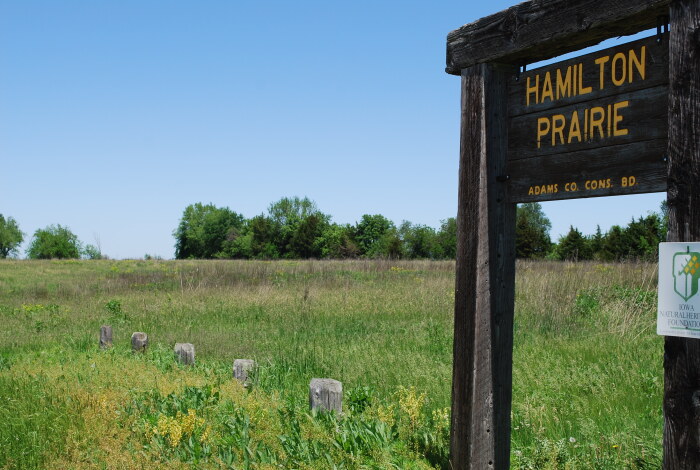
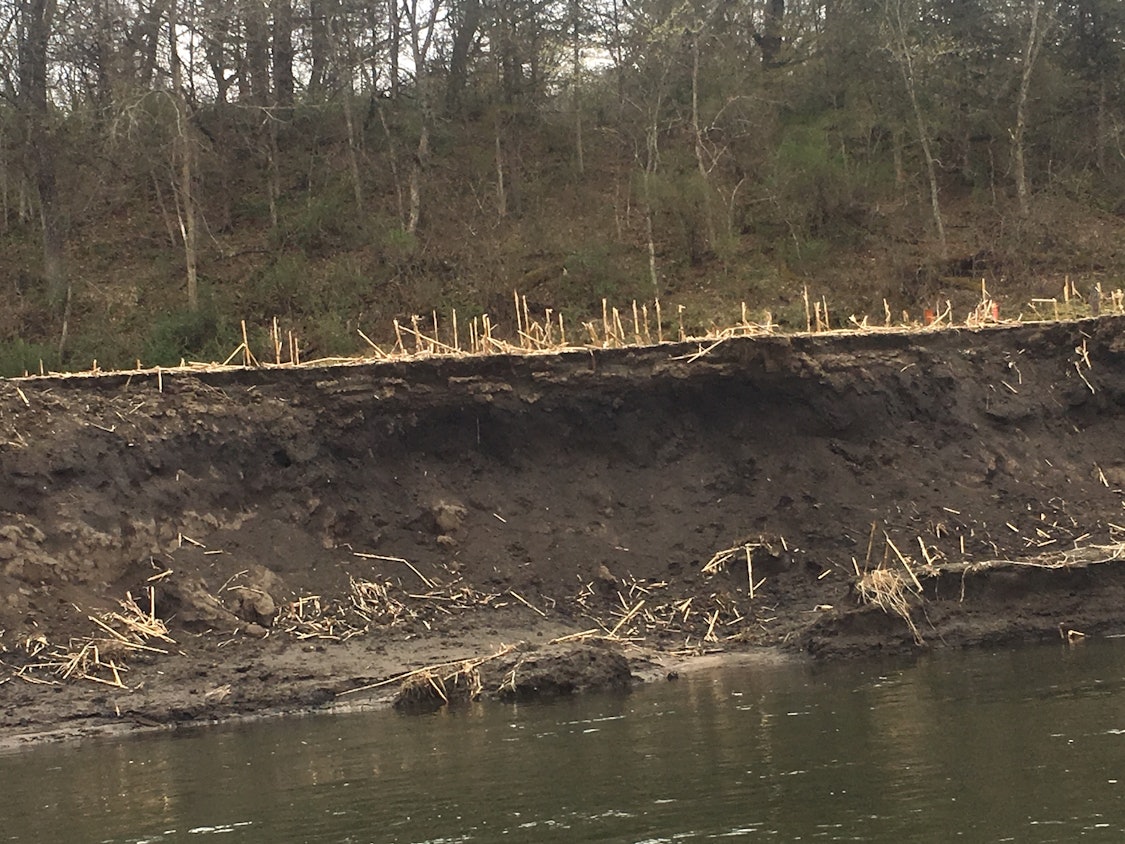
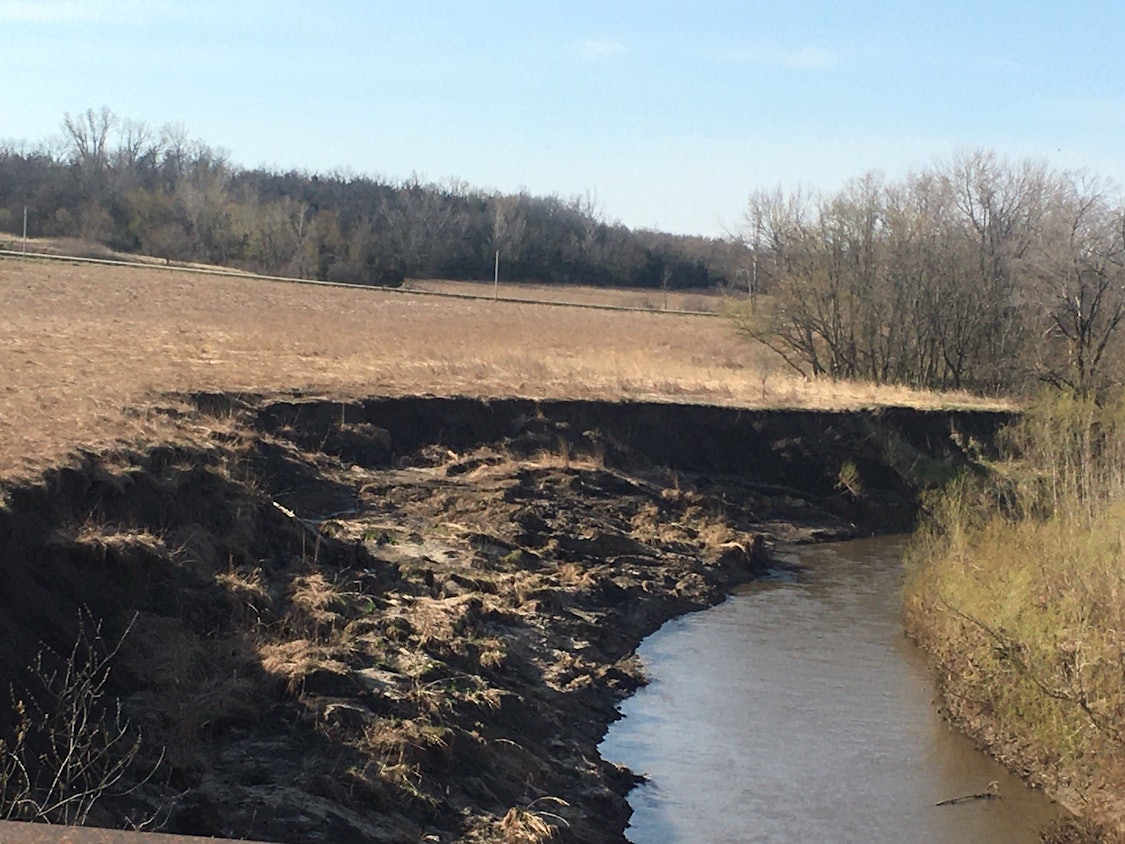
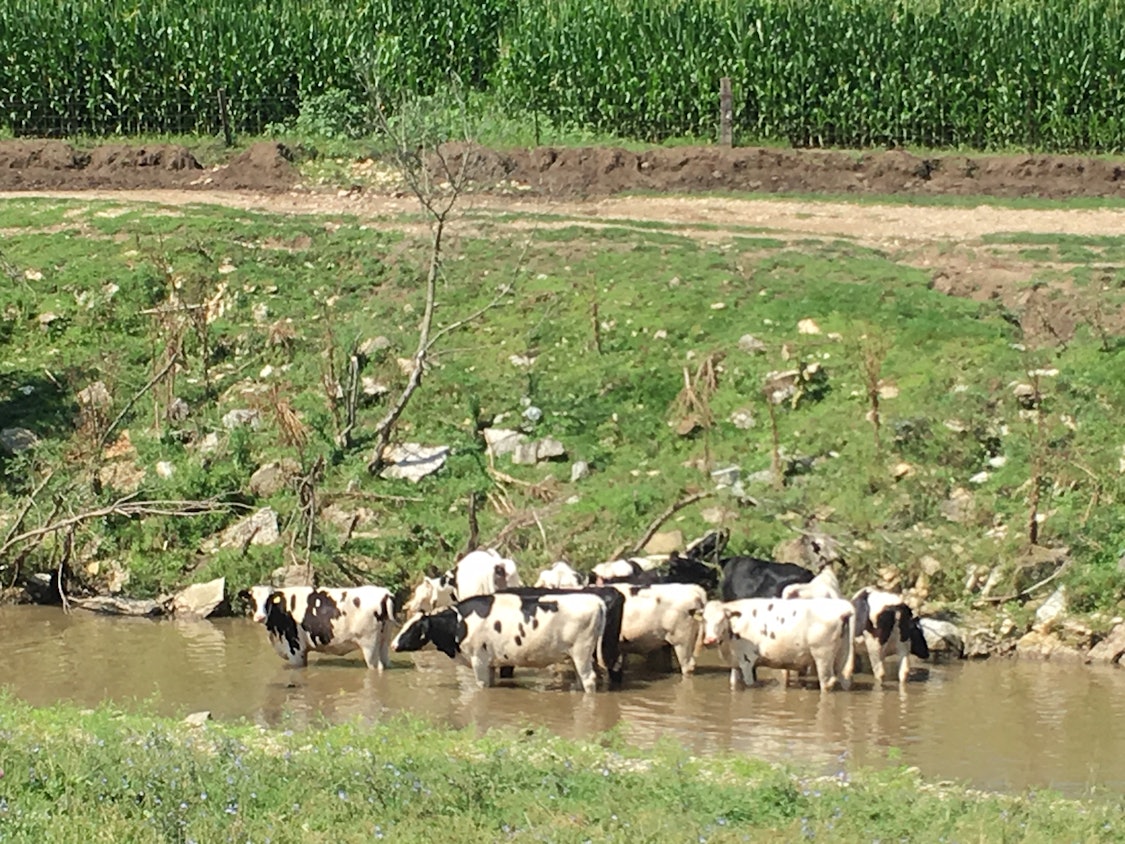
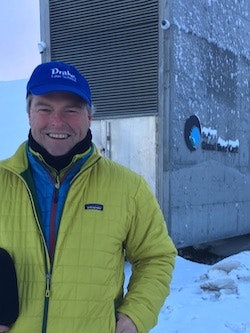
4 Comments
In the late 70's, Iowa lost the chance to create a statewide network of hiking trails
In 1976, my Dad, Art Small, Jr., ran for Iowa Senate pushing a proposal to convert Iowa’s network of abandoned railroad right-of-ways into hiking trails. (I was pressed into reluctant service in a TV commercial showing the family hiking.) Elected, he introduced the bill in the next legislative session.
He thought he had the votes. But in a “midnight raid,” the Iowa Farm Bureau got language passed that instead transferred the title for the right-of-ways to the owners of adjacent farmland. The chance to create a statewide network of hiking, biking, and skiing trails was lost.
My Dad described it later as his most crushing disappointment of his sixteen year career in the Iowa Legislature.
Sincerely,
Art Small, III
Charlottesville, Virginia
arthursmalliii Fri 23 Apr 2:13 AM
I remember that...
…and there are other Iowans around the state who also remember your dad and are grateful for his trail work. Thank you for this reminder.
The Iowa Farm Bureau did more anti-trail work back then, of course (re trail fencing, for example). And partly thanks to them, Iowa lost many railroad prairies, as adjacent landowners destroyed and turned them into cropland. But today there are thousands of trail miles across Iowa, and strong public support for trails. Your dad really won in the end.
PrairieFan Fri 23 Apr 5:54 PM
Correction
* Correction: My Dad, Art Small, Jr., was first elected to the Iowa State Senate in 1978, not 1976.
arthursmalliii Fri 23 Apr 6:08 AM
Another Republican Big Lie
Another example of repeating a Big Lie over-and-over again by Gov Reynolds, Agriculture Secretary Naig and Republican legislators is that the Nutrient Reduction Strategy is working. Neil’s article, the American Rivers Report and many other authoritative sources prove beyond a doubt it is not. Iowans deserve to have our rivers and streams protected from such blatant abuse.
miketram01 Fri 23 Apr 9:53 AM